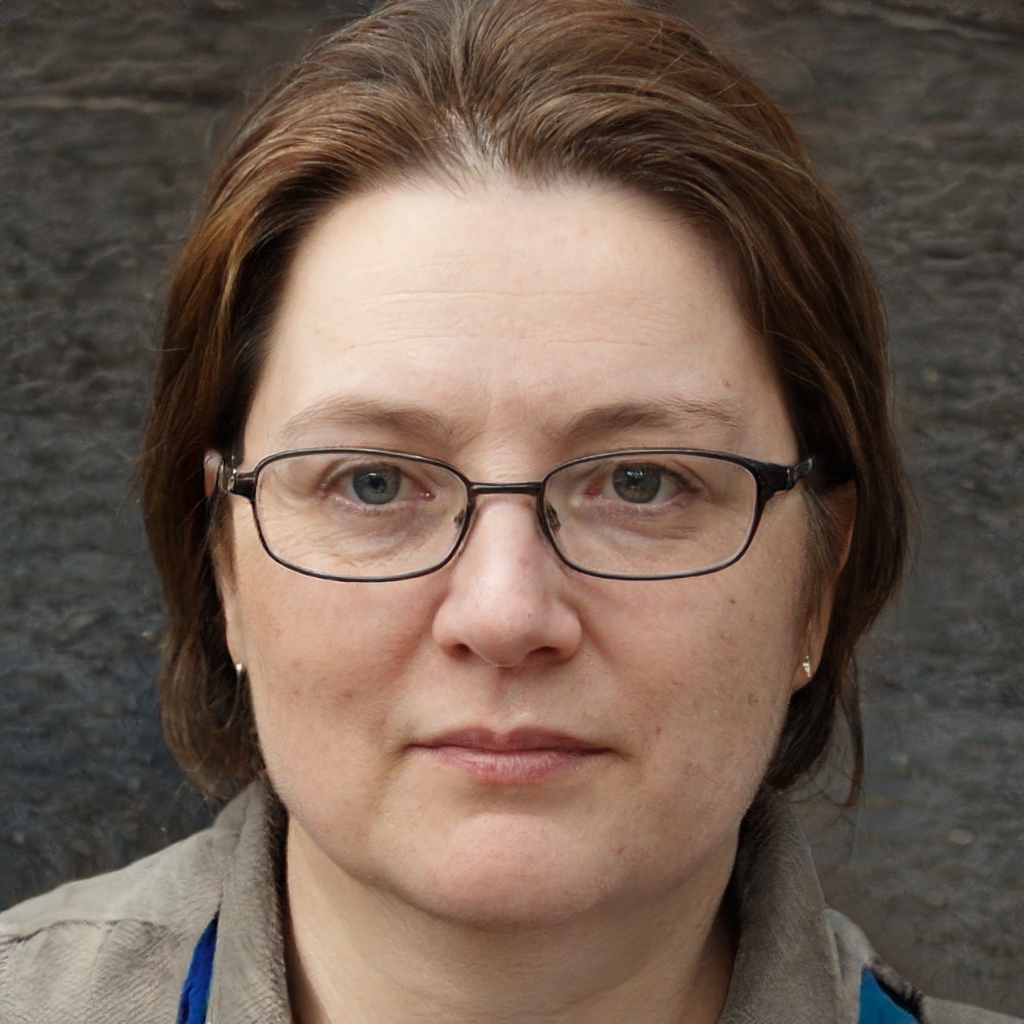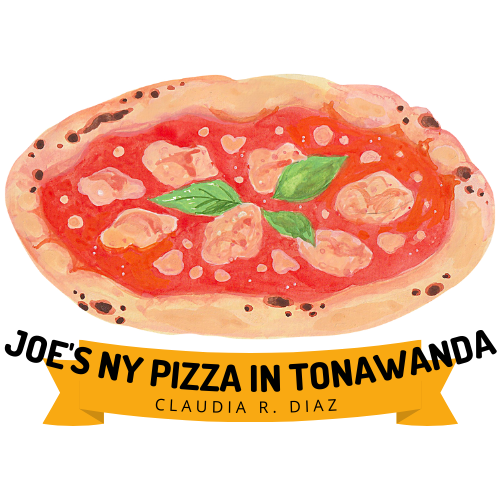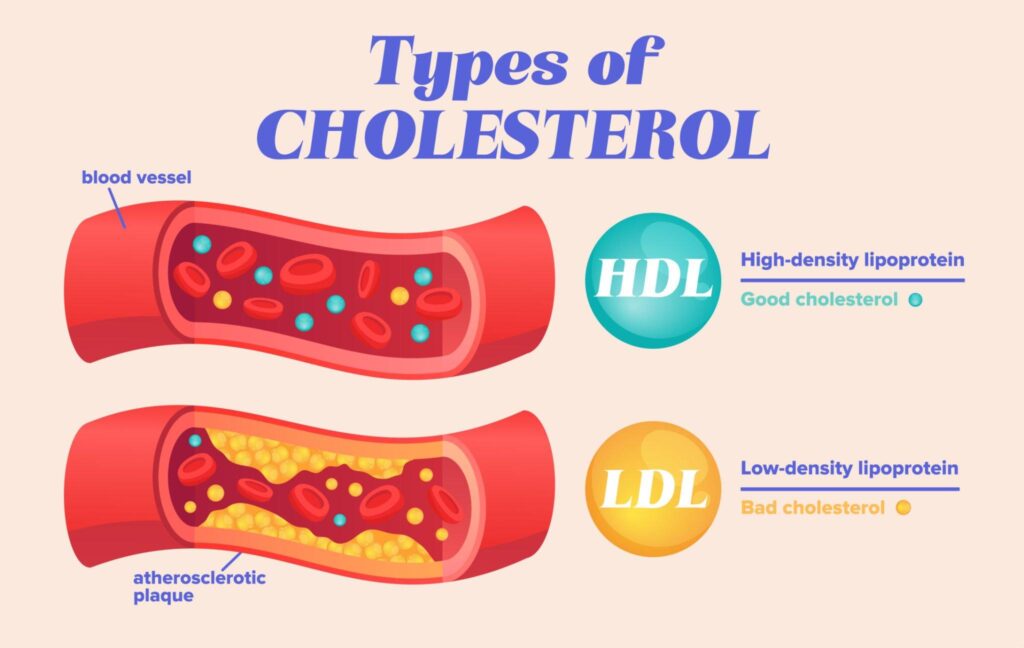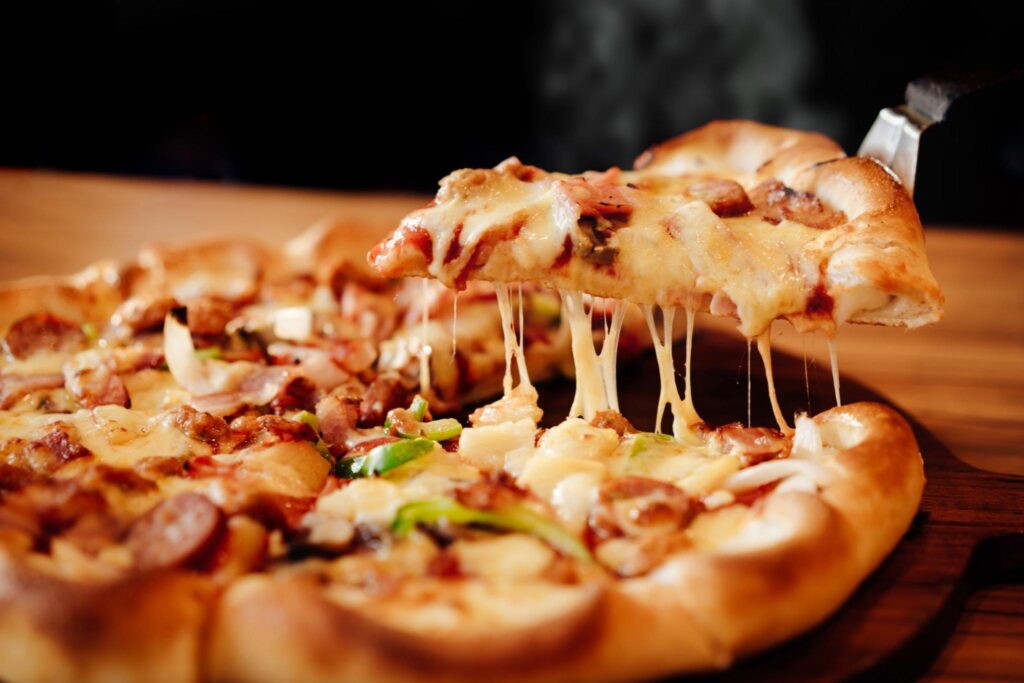Are you a pizza lover but worried about the impact it may have on your cholesterol levels? You’re not alone! Pizza has been a beloved food for decades, but its high-fat content has made it a matter of concern for health-conscious individuals. Whether you’re a fan of homemade, store-bought, or frozen pizza, it’s essential to understand this enjoyable dish’s nutritional value and cholesterol content. In this ultimate guide, we’ll explore the question, “Is pizza high in cholesterol?” and provide you with all the information you need to make informed choices about your favorite pizza toppings. So, get ready to satisfy your craving for pizza without compromising your cholesterol levels!
What Is Cholesterol?
Cholesterol is a waxy substance found in our bodies that plays a vital role in maintaining healthy functions. It is essential to cell membranes, nerve cells, and bile acid production. While cholesterol is necessary for healthy body functions, high levels of it can increase the risk of heart disease and other health issues. There are two types of cholesterol: HDL (good) cholesterol and LDL (bad) cholesterol. HDL cholesterol helps carry cholesterol away from the arteries and back to the liver, where it can be eliminated from the body. Conversely, LDL cholesterol can build up in the arteries, increasing the risk of heart disease.
Here are some essential facts about cholesterol:
- Your liver produces cholesterol, but you also consume it from animal-based foods, such as meat, eggs, and dairy products.
- A healthy adult should aim to have total cholesterol levels below 200 mg/dL.
- HDL cholesterol levels should be above 60 mg/dL, while LDL cholesterol levels should be below 100 mg/dL.
- High cholesterol has no symptoms, so it is essential to get regular check-ups with your healthcare provider.
- Lifestyle changes like maintaining a healthy diet, regular exercise, quitting smoking, and reducing stress levels can help lower cholesterol levels.
Understanding your cholesterol levels is crucial for maintaining good health, and making informed choices about your diet and lifestyle habits can help you achieve optimal cholesterol levels. Talk with your healthcare provider to learn more about your cholesterol levels and how to maintain a healthy lifestyle.
Does Pizza Contain Cholesterol?
Pizza is a beloved dish that many people enjoy eating. One of the questions people often ask is, does pizza contain cholesterol? The answer is yes, but the amount varies depending on the type of pizza and the toppings used. Here are some facts to consider:
- The pizza crust is typically made from flour, water, yeast, and salt, which is relatively low in cholesterol.
- The tomato sauce used on pizza can contain lycopene, which is associated with reducing the risk of certain types of cancer.
- Cheese is a staple ingredient in pizza and a good protein and calcium source. However, cheese can be high in saturated fat, increasing bad cholesterol (LDL) levels.
- Toppings such as pepperoni, sausage, and bacon are high in saturated fat, which can increase bad cholesterol levels.
- Homemade pizza allows for control over the ingredients used, making it a healthier option than store-bought or frozen pizza, which can contain higher levels of fat, sodium, and other unhealthy additives.
- Moderation is key when it comes to pizza consumption. Eating pizza regularly, especially those high in fat and sodium, may not be the best choice for maintaining good cholesterol levels and overall health.
While pizza can contain cholesterol, it can also be a part of a balanced and healthy diet with the right choices of crust, sauce, cheese, and toppings. So, occasionally enjoy a slice of pizza while being mindful of its nutritional value.
The Importance Of Understanding The Effects Of Pizza On Cholesterol Levels
It is important to understand the effects of pizza on cholesterol levels because pizza is a beloved food that many of us consume regularly. Whether it’s a homemade pizza or a store-bought one, it’s essential to consider the impact of pizza on our cholesterol levels and overall health. Here are some reasons why:
1. Eating pizza high in saturated fats can raise LDL (bad cholesterol) levels, increasing the risk of certain heart diseases.
2. Choosing healthier pizza toppings like whole wheat crusts, fresh vegetables, and lean proteins can help lower cholesterol intake. For instance, grilled chicken or plant-based options like mushrooms are great lean protein choices for a pizza. Limiting how much cheese you put on your pizza can also help reduce its overall fat content and cholesterol levels.
3. Homemade pizza can offer more control over the ingredients. You can select healthier alternatives to make a heart-healthy pizza, such as whole wheat crusts and fresh vegetables as toppings.
4. Store-bought pizzas and frozen pizzas tend to be higher in fats and sodium than homemade pizzas, so it’s crucial to check nutrition labels before making any purchase.
5. in moderate amounts, pizza can still be enjoyed as part of a balanced diet. Understanding the nutritional makeup of a slice of pizza and how it affects our cholesterol levels can help us make healthier choices and enjoy pizza occasionally without any adverse effects on our health.
In conclusion, understanding the effects of pizza on cholesterol levels is crucial for maintaining a healthy diet and lifestyle. This doesn’t mean you can’t enjoy pizza; it emphasizes the importance of making informed food choices.
What Types Of Pizza Toppings Affect Cholesterol Levels?
Pizza is undoubtedly a delicious treat, but certain toppings can affect our cholesterol levels. Here are the types of pizza toppings that can have an impact:
1. Processed Meats: Pepperoni, sausage, and ham are some of the most popular meat toppings, but they are also high in saturated fat, which can increase bad cholesterol levels in our bodies.
2. Cheese: While cheese alone may not cause high cholesterol levels, it contains fat and dietary cholesterol. So, choosing lower-fat cheese or having less cheese on your pizza can be a healthier option.
3. Fried Toppings: Fried toppings like chicken or bacon are high in calories and saturated fat. They can also increase cholesterol levels and cause various health issues.
4. High-Fat Toppings: Toppings like salami, bacon, and extra cheese, which are high in fat and sodium, can increase bad cholesterol levels and lead to other health complications.
5. Veggies: Incorporating vegetables like bell peppers, mushrooms, and spinach can lower cholesterol levels and add nutritional value to your pizza. They are lower in calories and offer a good dose of fiber.
6. Healthy Proteins: Chicken, turkey, and fish are excellent sources of protein that can be healthy toppings for pizza. They are lower in saturated fat than some meat toppings and can help maintain healthy cholesterol levels.
It’s okay to occasionally indulge in a slice or two of pizza, but choosing healthier toppings can significantly affect our overall health. So, next time you order pizza, opt for healthier toppings for a guilt-free treat!
How Can You Make Pizza More Heart-healthy?
Pizza is a beloved dish, but it’s often loaded with high amounts of sodium, fat, and cholesterol. Eating pizza in moderation can still be included in a healthy diet. Here are some tips on how to make pizza more heart-healthy:
1. Choose a whole wheat crust: Whole wheat crust is high in fiber and lowers bad cholesterol levels. Opt for the thin crust to reduce carbohydrate and calorie intake.
2. Add more vegetables: Load your pizza with vegetables like fresh spinach, tomatoes, onions, broccoli, and bell peppers. Add roasted garlic, mushrooms, or olives to enhance the flavor. Vegetables are a great source of fiber, vitamins, and antioxidants.
3. Use healthier cheese: Mozzarella and feta cheese are lower in calories and fat than cheddar or provolone. Use cheese sparingly, or choose a plant-based alternative like vegan cheese.
4. Healthy Toppings: Add grilled chicken, shrimp, or fish as protein sources instead of fatty meats like pepperoni or sausage.
5. Limit sodium intake: Avoid high-sodium toppings like anchovies, canned tomatoes, processed meats, or bacon. Use fresh herbs like basil, rosemary, or oregano for added flavor.
6. Be cautious with sauces: Tomato sauce is a healthy choice, but some restaurants use sugar and salt-filled sauces. Choose a pizza with little sauce, or try olive oil or pesto as a healthier sauce option.
7. Portion control: Don’t overeat. Stick to one or two slices and complement your pizza with a side salad or fresh fruit to boost your energy and nutrients.
Remember, it’s about balance and moderation. With these tips, you can still enjoy a delicious pizza while maintaining a healthy heart.
Other Factors To Consider For A Balanced Diet
1. Portion Control: Eating too much of any food is not good for your health. While pizza can be a part of a balanced diet, it should be consumed in moderation. One slice of pizza at a time is a good way to go.
2. Nutritional Value of the Toppings: Pizza toppings can be high in fat and calories. When ordering pizza, choose toppings that are high in nutritional value, such as mushrooms, olives, peppers, and spinach.
3. The Pizza Crust: The type of pizza crust also matters. Choose a thin-crust pizza over a deep-dish or stuffed-crust pizza. Thin-crust pizza is lower in calories and fat.
4. Frequency of Pizza Consumption: How often you eat pizza also matters. If you eat pizza every day, it can lead to an unhealthy diet. It’s important to keep pizza consumption in moderation.
5. No Late-Night Binges: Avoid eating pizza late at night. The body’s metabolism slows down at night, making it harder to digest the fat and calories in the pizza.
Pizza can be a part of a balanced diet when consumed in moderation and with the right toppings. However, it is important to consider these other factors to maintain a healthy diet.
The Differences In Cholesterol Content Between Homemade, And Store-bought
When it comes to pizza, not all slices are created equal. The cholesterol content can differ significantly depending on whether you opt for homemade or store-bought. Here are some differences to consider:
Homemade pizza:
- You control the ingredients, including the type and amount of cheese and toppings.
- Whole wheat crusts and lean protein options like grilled chicken or plant-based toppings can lower cholesterol.
- You can customize your pizza to your dietary needs and preferences.
Store-bought pizza:
- The nutritional content varies widely depending on the brand and type of pizza.
- Store-bought pizzas are usually higher in fats and sodium than homemade.
- Limited control over the ingredients used.
Homemade pizza can have much lower cholesterol content than store-bought versions. By choosing wholesome toppings and controlling the amount of cheese and meats used, you can enjoy a healthy slice of pizza without worrying about your cholesterol levels. However, if you opt for store-bought pizza, check the nutrition label and choose options lower in fats and sodium. Remember, moderation is key no matter what type of pizza you choose to indulge in.
Effect Of Pizza On Cholesterol Levels
Pizza is one of the most popular comfort foods worldwide. However, its high fat and calorie content often raises concerns about its effect on cholesterol levels. Here are some facts to consider:
- Not all pizzas are the same. The cholesterol content of a pizza depends mostly on its animal-based toppings, such as pepperoni, sausage, and ham.
- Ultra-processed pizzas, such as frozen and fast-food options, are typically higher in cholesterol, saturated fat, and salt than authentic Italian-style pizzas made with fresh ingredients.
- A healthy pizza can still contain moderate amounts of fat and cholesterol. An average slice of cheese pizza has around 150 calories and 3-5 grams of fat.
- Eating a balanced diet that includes a variety of foods and nutrients can help mitigate the effects of pizza on cholesterol levels.
- Pizza can be part of a heart-healthy diet if consumed in moderation and with healthy toppings, such as vegetables, lean proteins, and whole-grain crusts.
- If you have high cholesterol levels, choosing healthy pizza options and monitoring your fat intake is crucial. For example, a slice of deep-dish pizza can contain over 330 calories and contribute to unhealthy cholesterol levels.
The effect of pizza on cholesterol levels depends on the type and amount of toppings, as well as your overall diet and lifestyle habits. Enjoying a slice of pizza occasionally is okay if you balance it with other healthy foods and monitor your cholesterol intake.
Nutritional Properties Of Some Pizza Toppings
Pizza toppings can make a significant impact on the nutritional value of your pizza. Here are some of the nutritional properties of popular pizza toppings:
1. Vegetables – Vegetables such as mushrooms, onions, peppers, and tomatoes add fiber, vitamins, and antioxidants to your pizza. They are also low in calories and fat.
2. Meat – While meat toppings such as pepperoni, sausage, and bacon may be high in saturated fats, they also provide a good source of protein. Avoid leaner proteins such as grilled chicken, turkey, or ham.
3. Cheese is high in fat and calories but is also a good source of calcium and protein. Consider using a reduced-fat cheese or opting for a lighter cheese such as feta or goat cheese.
4. Seafood – Seafood toppings such as shrimp, clams, and anchovies are low in calories and fat and are good sources of omega-3 fatty acids, which are important for heart health.
5. Fruit – Adding fruit such as pineapple or mandarin oranges to your pizza can add a sweet and tangy flavor and boost vitamins and antioxidants.
Overall, the toppings you choose can significantly impact the nutritional value of your pizza. Consider opting for vegetables and lean proteins and using lighter cheese options to make your pizza more heart-healthy.
FAQ
Here are some common questions about pizza and cholesterol:
Q: Can people with high cholesterol eat pizza?
A: People with high cholesterol can still enjoy pizza as part of a balanced diet but should be mindful of the types of toppings they choose and how often they consume them.
Q: How can I make pizza more heart-healthy?
A: Choose toppings like vegetables, lean proteins (such as grilled chicken or tofu), and low-fat cheese options. Opt for a thin crust or whole-wheat crust for added fiber.
Q: Is homemade pizza better for cholesterol levels than store-bought or frozen pizza?
A: Homemade pizza allows for greater control over the ingredients used and can incorporate healthier options, like whole-wheat crusts and fresh veggies.
Q: Are there any nutritional benefits to pizza?
A: Some pizza toppings (like vegetables or tomato sauce) can have beneficial nutritional properties. However, it should still be enjoyed in moderation as part of a balanced diet.
Q: Can pizza affect my cholesterol levels negatively?
A: Consuming large amounts of high-fat, high-calorie pizza regularly can negatively affect cholesterol levels and contribute to heart disease and other health issues. It’s important to enjoy pizza in moderation and choose healthier options.
Summary
The question, “Is pizza high in cholesterol?” warrants a nuanced response. While pizza can indeed contain high cholesterol levels, it ultimately depends on various factors, such as the type of ingredients, toppings, and preparation methods used. Traditional pizzas loaded with fatty meats, excessive cheese, and processed ingredients tend to be higher in cholesterol. However, with the growing demand for healthier options, many pizzerias and individuals have offered lower cholesterol alternatives. Opting for whole wheat or thin crust, lean protein toppings, and a limited amount of cheese makes it possible to enjoy pizza without significantly raising one’s cholesterol levels. Moderation and mindful ingredient choices are key to maintaining a balanced diet and ensuring that the occasional indulgence in pizza does not compromise overall heart health. Remember, it is always advisable to consult with a healthcare professional or a registered dietitian for personalized advice regarding dietary choices and cholesterol management.

Looking for delicious pizza and authentic Italian cuisine? Look no further than Claudia R. Diaz at Joe’s NY Pizza in Tonawanda! Our menu features a wide variety of classic dishes and innovative creations, all made with the freshest ingredients and prepared with the utmost care. Whether you’re in the mood for a traditional Margherita pizza or something a little more adventurous, like our Buffalo chicken pizza or shrimp scampi pasta, Claudia R. Diaz has something to satisfy every craving. So why wait? Visit us today and experience the best Italian food in Tonawanda! #ClaudiaRDiaz #JoesNYPizzaTonawanda #ItalianFood #PizzaLovers #FoodiesUnite



